In the mid-1960s the Ford Fairlane was unrivalled for luxury motoring. Holden tried to match the big Ford, first with the Brougham, then with the Statesman, but neither threatened the Fairlane's domination. But by the mid-1990s, when the NF Fairlane came on the scene, the Statesman had clawed its way into the lead, and the Fairlane was battling back.
Model watch
The 1995 NF followed the traditional Fairlane formula in that it was based on the current Falcon, in this case the EF. Ford invested $220million in the EF in an effort to make up some ground lost to Commodore as Holden sales recovered from the disastrous '80s, and spent a further $30million on the long-wheelbase models once the Falcon was up and running.
The NF used the same front-end sheet metal as the EF Fairmont. The result was that the NF was shorter in the nose than most previous Fairlanes, but it still had the roomy rear seat, and large boot, which were seen as the key features of a local luxury model. All up the NF Fairlane was 98mm shorter than the car it replaced.
For the first time Ford adopted what it called a "High Jewel" effect, which meant more chrome and stainless-steel trim, and clear turn-signal lamp lenses. Central to the theme was the bright chrome grille, which combined with bright window mouldings and numerous chrome strips for sparkling highlights.
Inside there were new trim fabrics and make-believe woodgrain panels. There was a long list of features, from improved audio systems and a CD stacker to climate-controlled airconditioning, cup holders and a driver's airbag.
Based on the Falcon as it was, the NF Fairlane got the same mechanical improvements as the EF Falcon, which meant more responsive handling. The suspension was the same combination of wishbones at the front and live axle with Watts Linkage at the rear, but in the Fairlane it was tuned more towards a refined ride than sporty handling.
When you bought a Fairlane you expected a smooth ride and didn't necessarily worry about handling precision, but despite its obvious bulk the big Ford still handled quite well. It was quite well balanced and went where it was pointed. Bigger brakes, in the form of thicker front and larger-diameter discs, with ABS, resulted in a firmer pedal feel and boosted braking performance.
Buyers could choose between Ford's fuel-injected single overhead camshaft 4.0-litre six, which gave 157kW at 5900rpm, and 357Nm at 3000rpm, or the optional 5.0-litre V8 which boasted 165kW and 388Nm. Both engines were coupled to four-speed auto transmissions to ensure smooth progress. Ford released the NFII in 1995 and with it came an airbag for the front-seat passenger, along with a number of other detail improvements.
In the shop
With the same mechanical package the Fairlane suffers the same maladies as the Falcon. Both engines are reliable and the 4.0-litre six works well on gas, but they can suffer head-gasket problems.
Fairlane drive lines are also reliable – the auto hangs on well into the high 100,000km and the diff is tough. Listen for diff noise on high-kilometre cars. Problems with electrical components can be frustrating and the Fairlane can suffer similar electrical gremlins to the Falcon.
Fairlanes, particularly if privately owned from new, are usually well cared for by fussy owners and these are the ones to seek out. Others, which might have come from the hire-car business, will be showing high mileage and should be treated with caution.
Check the history of ownership to determine if the car has been in the hire business, and the service record to ensure that the car has been serviced according to Ford's recommendations.
Rival
Holden VS Statesman Price 1995-1998 $14,000-$24,000
Ford Fairlane 1995: Ghia
| Engine Type | V8, 4.9L |
|---|---|
| Fuel Type | Unleaded Petrol |
| Fuel Efficiency | 14.5L/100km (combined) |
| Seating | 5 |
| Price From | $4,180 - $6,160 |
Range and Specs
| Vehicle | Specs | Price* |
|---|---|---|
| Ghia | 4.0L, Unleaded Petrol, 4 SPEED AUTOMATIC | $4,070 - $5,940 |
| Ghia Concorde | 4.0L, Unleaded Petrol, 4 SPEED AUTOMATIC | $2,860 - $4,510 |




.jpg)

.jpg)
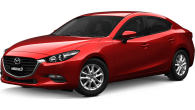
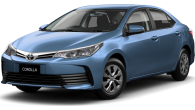
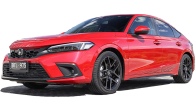




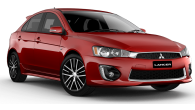

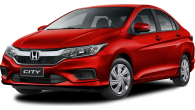



.png)

.jpg)
.jpg)






.jpg)

Comments